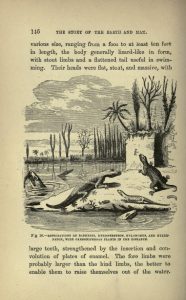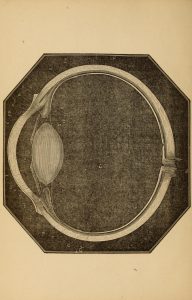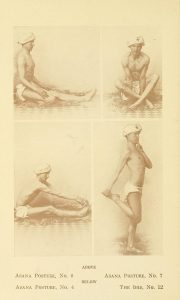The History of Modern Biomedicine Research Group was established in 1990 as the Wellcome Trust’s History of Twentieth Century Medicine Group. In October 2010 it moved to the School of History, Queen Mary University of London, where it is supported by a Wellcome Trust Strategic Award to Professor Tilli Tansey. In developing and strengthening links between members of the biomedical research community and medical historians, the Group played – and continues to play – a prominent role in promoting and facilitating the study of the history of twentieth-century medicine and medical science by encouraging the creation and deposit of material sources for use by present and future historians. Continue reading
Primary Source Sets
MHL Collections
Reference Shelves











